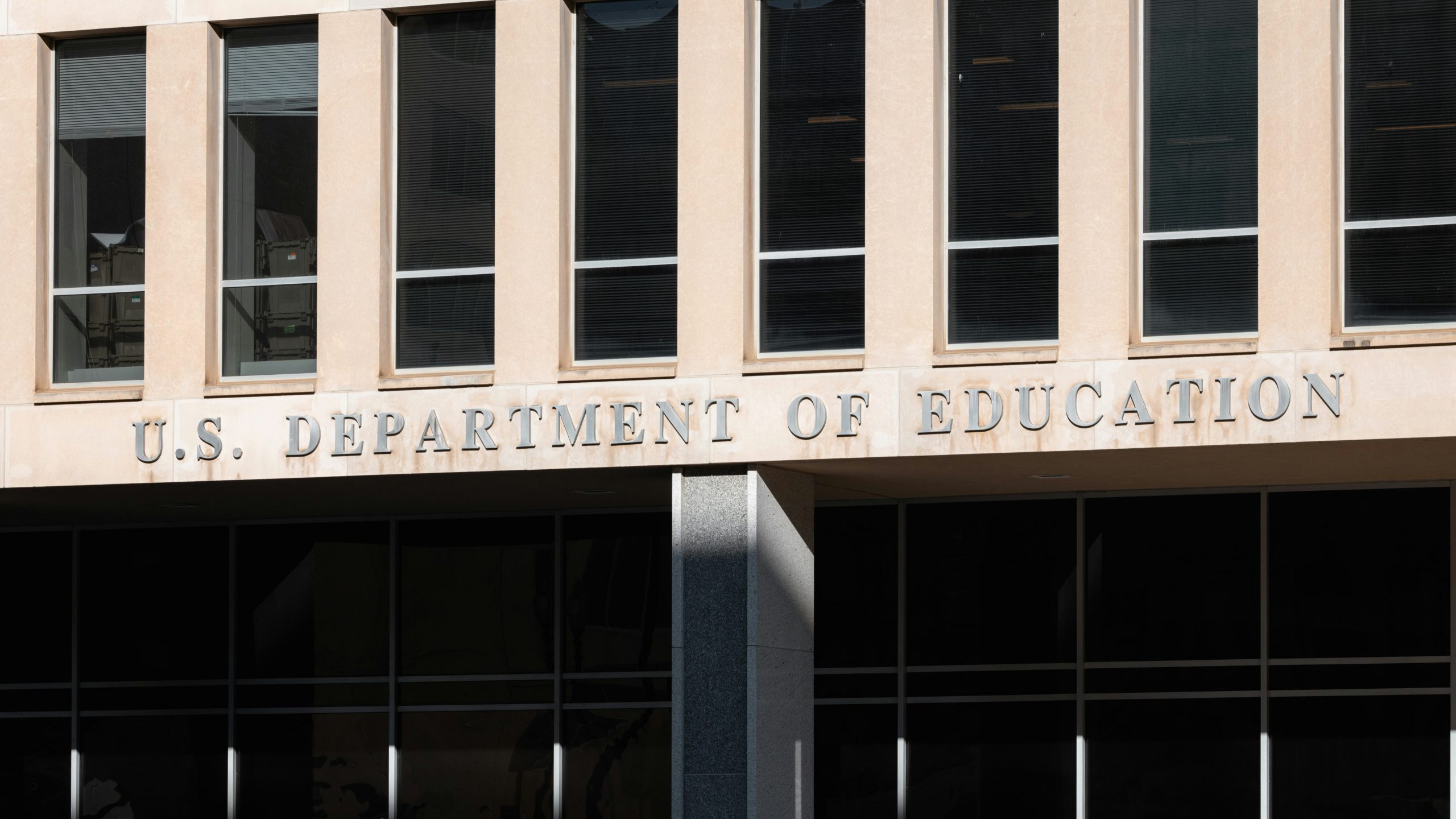The Latest for PSLF: The Revolution Will Be REVISED (Pay As You Earn)

As the Supreme Court prepares to hear the President’s case for broad loan cancellation of up to $20k for many borrowers, a new repayment plan has been proposed that is expected to be available when borrowers enter repayment this year, and it’s not getting nearly enough attention:

Overhaul of the REPAYE Plan
The “new” plan forthcoming is effectively an overhaul of the current Revised Pay As You Earn (REPAYE) plan, and it substantially increases the value of PSLF for virtually all borrowers. Here are the notable changes:
- Poverty Level Deduction: The current 150% poverty level deduction will be raised to 225%. This calculation reduces a borrower’s Discretionary Income (DI)… which means lower payments for all borrowers.
- Payment Formula: Payments will be equal to 5% of discretionary income on undergraduate loans. Those with graduate loans will keep paying 10%. Those with a mix of undergraduate and graduate will have a weighted average between 5% and 10% depending on the breakdown of their loan portfolio.
- Example: You have $100k in student loan debt, $30k from undergrad and $70k from a graduate school. Your discretionary income (DI) is $60k based on your family size. Since your undergrad loans represent 30% of your total debt, your monthly payments will be 8.5% of your DI, or $425/month.
*The cheapest plan today would cost $500/month.
- Interest accrual: When applicable, REPAYE currently eliminates 50% of any accrued interest which remains after a borrower’s payment is applied each month. The new REPAYE plan will eliminate 100% of that interest. Borrowers with payments as low as $0 will NOT see any increase in their debt in this new plan.
- Income Adjustments for Married Borrowers: One of the biggest drawbacks to the existing REPAYE plan is that it penalizes married borrowers by using their joint income to calculate the payment amount. The proposed rules will allow borrowers who file their taxes Married Filing Separately (MFS) to exclude spousal income.
- Recertification: Borrowers will have the option to opt-in and have their payments automatically recertified (recalculated) using their tax return information. This is convenient, but proceed with caution as tax returns are not always the most advantageous way to document income.
- Payment Cap: Payments are not subjected to a cap. The more you make, the more you will pay, without a ceiling. We view this as a good problem to have!
Along with these enhancements to REPAYE, the Dept. of ED also announced new rules pertaining to all IDR plans, one of which is to restrict access to existing plans. While the Dept. can’t legally eliminate existing plans or force people to change plans, the economic incentive to switch into the new REPAYE plan is impossible to ignore. Key changes include:
- Only those already enrolled in PAYE can stay in it once the new plan is effective.
- The first IDR plan created back in 1995, Income-Contingent Repayment, will also be restricted, but those with Parent Plus loans will still be able to utilize it.
- Once you’ve made 120 payments under REPAYE, you won’t be allowed to switch to IBR.

Other changes include certain deferments and forbearances counting towards forgiveness, consolidation no longer restarting the forgiveness countdown, and defaulted borrowers will now be allowed to enroll in an IDR.
We expect these changes to take effect on 7/1/2023, in line with similar changes historically.
At the end of the day, all of these proposed changes increase both the number of eligible borrowers for PSLF, as well as the savings opportunity for most borrowers.
Register for your PSLF Opportunity Assessment from BenElevate and get on track for savings under the new regulations.





Sorry, Comments are closed!